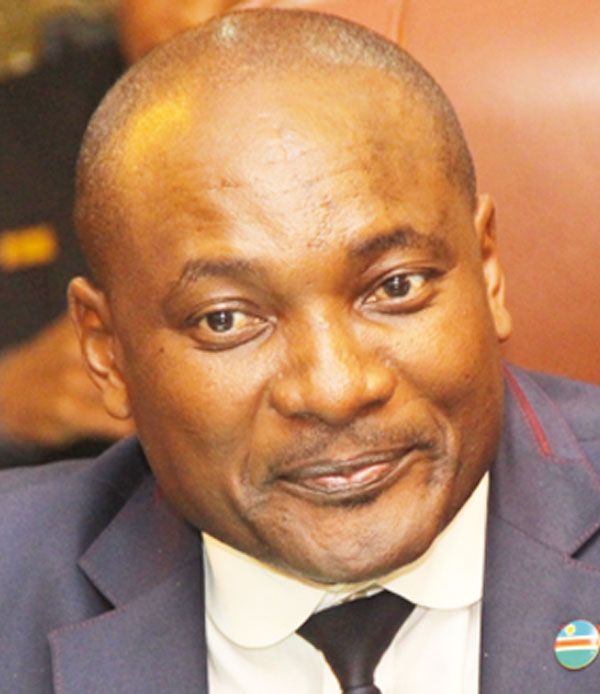
Namibia improves on the competitiveness index
Namibia scored 3.99 points out of 7 on the 2015-2016 Global Competitiveness Report published by the World Economic Forum this week. With classification by each stage of development as Stage 2 Efficiency-driven economy from a group of 30 other similar economies.
The country scored an overall index and rank 84 out of 138 countries. In the previous Global Competitiveness Index for 2015-2016 Namibia ranked one place lower out of 140 countries.
Competitiveness Index in Namibia averaged 3.96 Points from 2007 until 2016, reaching an all time high of 4.08 Points in 2011 and a record low of 3.84 Points in 2008.
The sub-indexes are ranked in 4 pillars, namely institutions, which ranked 39 with a score of 4.5 which ranges from 1 to 7. The second pillar ranks the country against Infrastructure which Namibia ranked 66 with a score of 4.1. On the health and primary education pillar, it ranked 121 again with a score of 4.6.
The other sub-indexes ranked countries against higher education and training, goods market efficiency, labor market efficiency and financial market development, technological readiness and market size. A further two indexes showed that Namibia lacks business sophistication and innovation, education and skills scored a rating of 110 with a score of 3.3.
The previous 2014-2015 edition of Global Competitiveness Report assessed 144 economies. The report is made up of over 110 variables, of which two thirds come from the Executive Opinion Survey representing the sample of business leaders, and one third comes from publicly available sources such as the United Nations.
The latest report received inputs from Institute for Public Policy Research (IPPR) Graham Hopwood, Executive Director, Leon Kufa and Research Associate Lizaan van Wyk.
The variables are organized into twelve pillars with the most important including: institutions, infrastructure, macroeconomic framework, health and primary education and higher education and training. The GCI score varies between 1 and 7 scale, higher average score means higher degree of competitiveness.
The report is still a long way from achieving NDP4 competitiveness targets, despite the country improving on its rankings. The World Economic Forum findings as well as the global rankings of competitiveness as the set of institutions, policies and factors that determine the level of productivity of a country, Global Competitive scores are calculated by drawing together country-level data covering 12 categories.
IPPR Executive Director, Graham Hopwood said that, “the marginal improvement, while welcome, still leaves Namibia a long way from its target of being the most competitive country in Southern Africa by 2017. The Institute for Public Policy Research (IPPR) is the World Economic Forum’s Partner Institute in Namibia.
According to NDP4’s desired outcome, by the year 2017 Namibia should be the most competitive economy in the SADC region as judged by the World Economic Forum (WEF). In the 2015-16 rankings, the country came fourth as the most competitive country in SADC after Mauritius (46th), South Africa (49th) and Botswana (71st).
This would mean having to move up the rankings by almost 40 places in two years to overtake Mauritius’s current position.
Furthermore, the country scored well for its macroeconomic environment but is rated poorly for the quality of its higher education, technological readiness, innovation and market size. An inadequately educated workforce followed by access to finance and poor work ethic in the labour force are listed in the report as the most problematic factors for doing business.











































